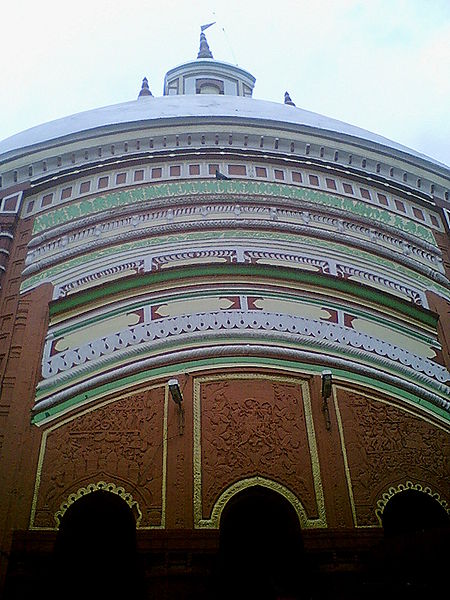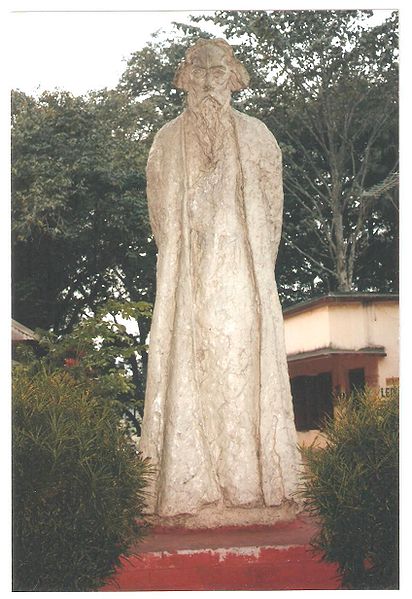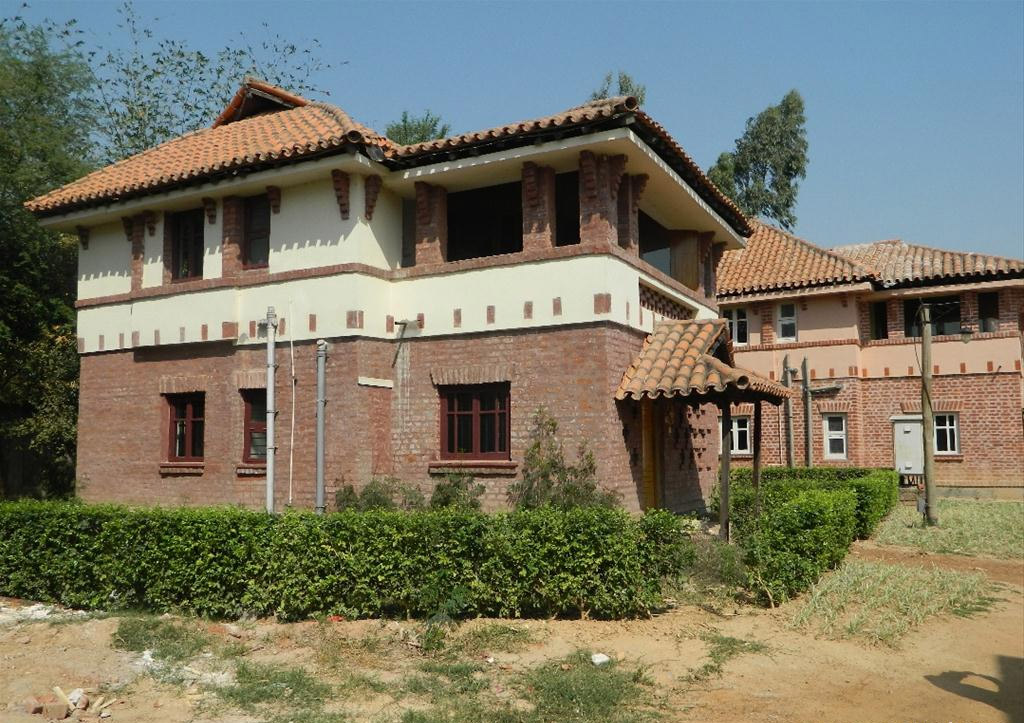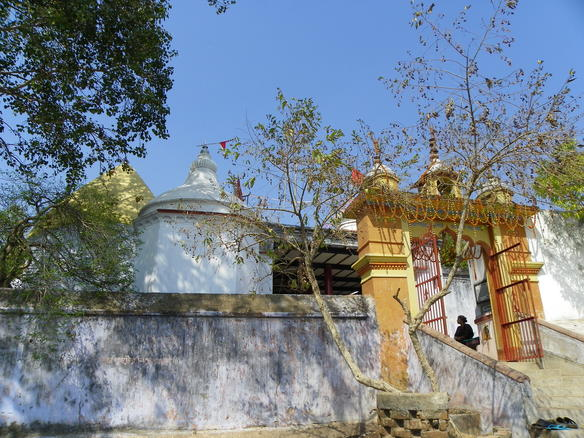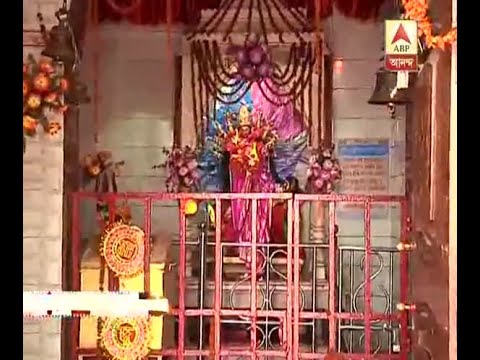Birbhum
The Land of Bengali Folk Art
General Information
District: Birbhum, State: West Bengal, India
Area: 4545 Sq. Km.
Languages Spoken: Bengali, Hindi, English.
Long Distance Code: +91-3462
Importance: Shantiniketan is located in Birbhum
Best Time to Visit: September to February
Description
Basically an agricultural district, Birbhum is famous for its Vishwa Bharati University of Shantiniketan and its folk art. It has a huge reservoir of Coal, china clay and Iron ore. Another important thing about Birbhum is that it has the five out of 51 Shaktipiths, important pilgrimages for the Hindu devotees. The whole district is covered with unique red soil called the Rangamati. This soil has been the inspiration for the famous terracotta folk art very peculiar to the area for centuries. The District Headquarters of Siuri is located around 180 km from the state capital of Kolkata and is a huge reservoir of minerals and has a 200 year old ancient Damodar temple.Location
Birbhum is also known as the land of the great poet Guru Rabindranath Tagore and also as the mineral reservoir of West Bengal. It shares its borders with Bihar on the North West tip and the Chota Nagpur area of Jharkhand in the West. Surrounded by Bardhaman district in the South and the South East, the alluvial Gangetic Delta falls on the East. Ajay, Mor, Mayurakshi, Bakreshwar and Dwarka are the principle Rivers of the district.
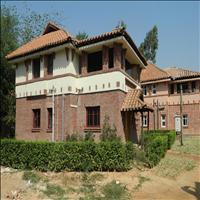 "Cargo of my life's best treasure", is how the great poet and Nobel laureate, Rabindranath Tagore described Shantiniketan. Established in 1863 by his father, Debendranath Tagore, Rabindranath Tagore started experimental open-air classes for students in 1901 and called it Shantiniketan or the Abode of Peace. Gurudev Tagore developed this small school for five students to a huge educational institution of international repute and called it Vishwa Bharati University. Tagore's vision was a world where man exists in perfect harmony with nature. Shantiniketan is the embodiment of serenity and peace, far removed from the concrete jungle. His motto was to teach one and all blending the east into west and putting the students nearer to nature with all the latest knowledge. He also expected that the knowledge and education from this University would be distributed by the students to the rural area of India. \r\nNearly 220 km from Kolkata, Shantiniketan is the most famous and easily accessible tourist destination of west Bengal. Various courses including science and fine arts are taught in natural environments. The institute has a legacy of great students which include, Gayatri Devi, Maharani of Jaipur, Late Prime Minister of India, Ms. Indira Gandhi, Late Film maker Satyajit Ray and also the Nobel Laureate Amartya Sen. Some buildings worth a visit on the campus are the Uttarayan Complex where the great poet lived, the Bichitra Bhavan designed by his son and the Rabindra Bhavan that houses a research institute and a museum.\r\nThe best time to visit Shantiniketan is the time when the University celebrates the festivals unique only to Shantiniketan. The Poush Mela is a winter fair held in December which commemorates beginning of open-air classes at Shantiniketan. Poush celebrations at Shantiniketan feature the main Tagore art forms - dance-drama, music, literature and art. The fair has extensive displays of folk arts and crafts. Its theme is a blend of Birbhum's Adivasi-Santhal and Baul folk and tribal cultures, alongside Tagorean innovations in art and culture. \r\nThe Vasantotsav held around the mid March is another festive time when spring is welcomed with cultural programmes and pageants of colour, giving a vibrant look to the whole of Shantiniketan.
"Cargo of my life's best treasure", is how the great poet and Nobel laureate, Rabindranath Tagore described Shantiniketan. Established in 1863 by his father, Debendranath Tagore, Rabindranath Tagore started experimental open-air classes for students in 1901 and called it Shantiniketan or the Abode of Peace. Gurudev Tagore developed this small school for five students to a huge educational institution of international repute and called it Vishwa Bharati University. Tagore's vision was a world where man exists in perfect harmony with nature. Shantiniketan is the embodiment of serenity and peace, far removed from the concrete jungle. His motto was to teach one and all blending the east into west and putting the students nearer to nature with all the latest knowledge. He also expected that the knowledge and education from this University would be distributed by the students to the rural area of India. \r\nNearly 220 km from Kolkata, Shantiniketan is the most famous and easily accessible tourist destination of west Bengal. Various courses including science and fine arts are taught in natural environments. The institute has a legacy of great students which include, Gayatri Devi, Maharani of Jaipur, Late Prime Minister of India, Ms. Indira Gandhi, Late Film maker Satyajit Ray and also the Nobel Laureate Amartya Sen. Some buildings worth a visit on the campus are the Uttarayan Complex where the great poet lived, the Bichitra Bhavan designed by his son and the Rabindra Bhavan that houses a research institute and a museum.\r\nThe best time to visit Shantiniketan is the time when the University celebrates the festivals unique only to Shantiniketan. The Poush Mela is a winter fair held in December which commemorates beginning of open-air classes at Shantiniketan. Poush celebrations at Shantiniketan feature the main Tagore art forms - dance-drama, music, literature and art. The fair has extensive displays of folk arts and crafts. Its theme is a blend of Birbhum's Adivasi-Santhal and Baul folk and tribal cultures, alongside Tagorean innovations in art and culture. \r\nThe Vasantotsav held around the mid March is another festive time when spring is welcomed with cultural programmes and pageants of colour, giving a vibrant look to the whole of Shantiniketan.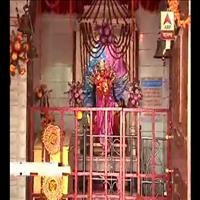 According to Hindu Mythology, wife of Lord Shiva Sati went uninvited to her father. She was immensely insulted and in rage she burnt herself alive. When Lord Shiva learnt of his wife's death he started performing the Tandava Nritya, the devastating dance holding Sati's corpse on his shoulders. As the dance progressed all the three worlds began shaking towards destruction. To save the cosmos of annihilation, Lord Vishnu hurled his disc towards the corpse. The disc cut the corpse into 51 pieces which fell on the earth. Shaktipiths were formed wherever the pieces fell and five of them fell in Birbhum. The most famous of them, however, is the Kalighat in Kolkata. The Shaktipiths of Birbhum are:\r\n\r\nBakreshwar: Around 60 km from Shantiniketan and just 19 km from Siuri, this is considered to be the most sacred Shaktipiths. The idol of Goddess Mahishasurmardini marks the spot where Sati's forehead and eyebrows fell. Bakreshwar has nine natural hot springs with rich therapeutic minerals. A huge thermal project 13 km from Bakreshwar is also coming up.\r\nTarapith: It is around 70 km from Shantiniketan and is the place where Sati's eyes fell.\r\nKankalitala: Just nine km away from Shantiniketan, this place has a small temple of kali where the Goddess's pelvis fell.\r\nNalhati: Nalhati claims to be the place where Sati's wind pipe fell.\r\nFullora: A small temple marks the place where Sati's lips fell in Fullora.\r\n
According to Hindu Mythology, wife of Lord Shiva Sati went uninvited to her father. She was immensely insulted and in rage she burnt herself alive. When Lord Shiva learnt of his wife's death he started performing the Tandava Nritya, the devastating dance holding Sati's corpse on his shoulders. As the dance progressed all the three worlds began shaking towards destruction. To save the cosmos of annihilation, Lord Vishnu hurled his disc towards the corpse. The disc cut the corpse into 51 pieces which fell on the earth. Shaktipiths were formed wherever the pieces fell and five of them fell in Birbhum. The most famous of them, however, is the Kalighat in Kolkata. The Shaktipiths of Birbhum are:\r\n\r\nBakreshwar: Around 60 km from Shantiniketan and just 19 km from Siuri, this is considered to be the most sacred Shaktipiths. The idol of Goddess Mahishasurmardini marks the spot where Sati's forehead and eyebrows fell. Bakreshwar has nine natural hot springs with rich therapeutic minerals. A huge thermal project 13 km from Bakreshwar is also coming up.\r\nTarapith: It is around 70 km from Shantiniketan and is the place where Sati's eyes fell.\r\nKankalitala: Just nine km away from Shantiniketan, this place has a small temple of kali where the Goddess's pelvis fell.\r\nNalhati: Nalhati claims to be the place where Sati's wind pipe fell.\r\nFullora: A small temple marks the place where Sati's lips fell in Fullora.\r\nNannur is the birth place of the 14th century great Bengali poet, Chandidas. The Chandidas Ramayana is famous. But he was murdered by a jealous Nawab. The temple where he used to pray still stands today. The temple of Bishalakhi is dedicated to Goddess of learning Saraswati. It has a rare four armed idol of Saraswati along with Kartikeya.
These triplet cities carry the ancient landmarks of the Bengal civilization. There are relics of the Hindu Kings of Birbhum. Hetampur has an oldest college which was a palace earlier of Raja Ramranjan Chakraborty of Murshidabad.

